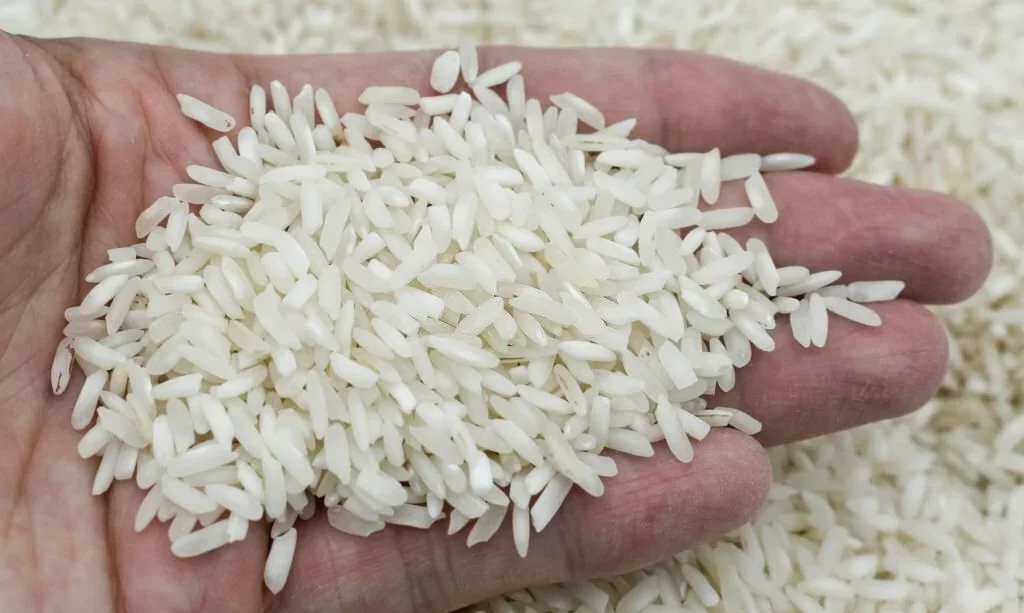Rice, an ancient and cherished staple in diets around the world, sustains billions of people daily. Its significance in global cuisine and as a primary source of nourishment is undeniable. While most of us are familiar with rice as it appears on our plates, have you ever wondered about the granular essence of this essential food? How many grains of rice are contained in a single pound of this modest yet vital crop? In this exploration, we’ll delve into the world of rice at its most fundamental level, attempting to answer a seemingly simple yet intriguing question: How many grains of rice are in a pound?
Defining a Grain of Rice
Before we embark on the quest to determine the number of rice grains in a pound, it’s essential to establish a clear understanding of what precisely constitutes a single grain of rice. Rice grains come in various sizes and shapes, making a universal definition important for this calculation.
A grain of rice is generally defined as a single, individual seed or kernel of rice. While this definition might appear straightforward, the diversity within the rice family adds an interesting layer of complexity. Rice varieties vary in grain length, width, and shape. Some are long and slender, while others are short and round. However, for the purposes of our calculation, we’ll consider a grain of rice as a single, distinct seed, regardless of its specific size or shape.
These grains, once harvested and processed, are what we see and consume daily in numerous culinary forms. However, the question of how many of these individual grains unite to form a pound of rice is not as straightforward as it may initially seem.
The Weight of a Single Grain of Rice
To determine the number of grains in a pound of rice, we first need to understand the weight of a single grain. On average, a single grain of long-grain rice, such as basmati or jasmine, weighs approximately 0.02 grams. However, this is an average figure, and the actual weight can vary depending on the rice variety and its moisture content.
Rice varieties also come in short-grain and medium-grain forms, and their individual grains may be slightly heavier or lighter than the average. Short-grain rice, often used for dishes like sushi, tends to have slightly smaller and denser grains. Conversely, medium-grain rice, such as arborio, falls somewhere in between long-grain and short-grain rice in terms of both grain size and weight.
The moisture content of rice can also impact its weight. Rice with higher moisture content tends to be heavier, while rice that is well-dried may weigh less per grain. This variation is why determining the precise weight of a single grain of rice can be challenging. In practical terms, it’s safe to consider the weight of an average long-grain rice kernel, approximately 0.02 grams, as a reference point for our calculations.
How Many Grains of Rice Are in a Pound?
Now that we have a fundamental understanding of what constitutes a grain of rice and the average weight of a single grain, we can begin the intriguing calculation of how many grains of rice are in a pound. The calculation hinges on the simple conversion of units: from grains to pounds.
To do this, we need to consider that there are approximately 7,000 grains of rice in a single cup. With this reference point, we can perform the conversion. If one cup contains around 7,000 grains of rice, and one pound is equivalent to approximately 16 cups, we can calculate the number of grains in a pound by multiplying these values.
7,000 grains per cup multiplied by 16 cups per pound gives us a grand total of approximately 112,000 grains of rice in a pound. It’s important to keep in mind that this is an approximation, as factors such as rice variety and moisture content can influence the exact count. Nevertheless, this estimation provides a practical and realistic answer to our question, offering a fascinating insight into the microscale of this global dietary staple.
Practical Applications and Visualizations
To put this number into perspective, let’s consider some practical applications and visualizations. If we were to lay out 112,000 grains of rice in a single line, it would stretch for over half a mile, equivalent to approximately ten football fields laid end to end. If you were to stack these grains, they would create a column over 13 feet tall. These visualizations emphasize the sheer quantity of rice grains that comprise a pound.
Moreover, considering the widespread use of rice in daily meals, this calculation offers insight into the magnitude of rice consumption worldwide. It highlights the importance of rice in providing sustenance to countless individuals and communities across the globe.
Conclusion
In our quest to understand how many grains of rice are in a pound, we’ve ventured into the core of a staple food that nourishes a significant portion of the world’s population. While the exact number can vary based on rice variety and moisture content, an approximation of 112,000 grains per pound provides a practical answer. This number is a testament to the abundance of rice and its critical role in global nutrition.
Rice is more than just a grain; it’s a symbol of sustenance, community, and tradition. Its presence on tables worldwide serves as a reminder of its enduring significance in human history. The next time you enjoy a plate of rice, you can appreciate the countless grains that have come together to create a meal that unites cultures and transcends borders. The simple rice grain, when counted by the thousand, makes a profound impact on our world.



